International Guidelines for Science Projects
This document contains essential guidelines and checklists for students participating in science fairs. It outlines necessary forms, required approvals, and procedures for conducting science research. Users can refer to this file for a comprehensive understanding of the rules and instructions for their projects.
Edit, Download, and Sign the International Guidelines for Science Projects
Form
eSign
Add Annotation
Share Form
How do I fill this out?
To fill out this form accurately, start by gathering all necessary information about your project and team members. Ensure you understand the instructions for each section before proceeding to complete it. Double-check your responses for accuracy and completeness before submitting.
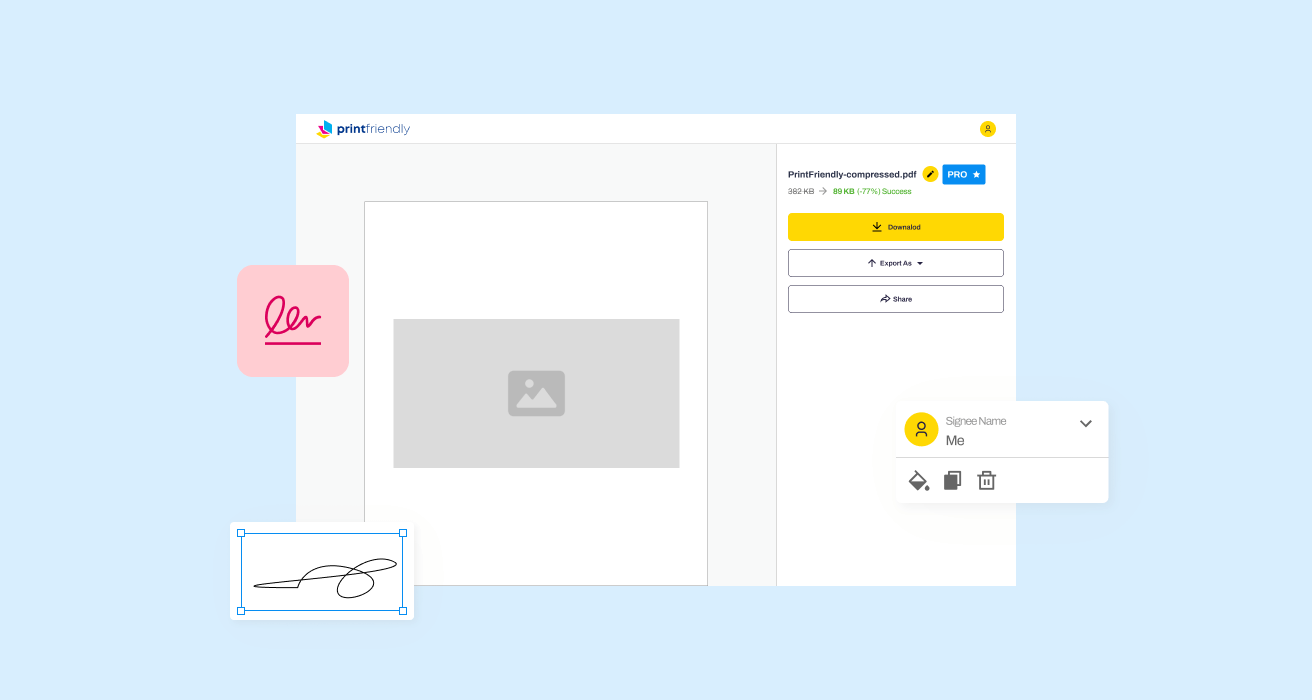
How to fill out the International Guidelines for Science Projects?
1
Gather all required information and documents.
2
Complete the Student Checklist section.
3
Provide project details including title and description.
4
Ensure all team members and sponsors are listed.
5
Review the form for accuracy before submission.
Who needs the International Guidelines for Science Projects?
1
Students participating in science fairs, as they must submit a project proposal.
2
Teachers requiring documentation for project guidelines.
3
Adult sponsors who oversee student projects and need to ensure compliance.
4
Review boards assessing submissions that require research approval.
5
Research institutions needing records of student involvement in scientific studies.
How PrintFriendly Works
At PrintFriendly.com, you can edit, sign, share, and download the International Guidelines for Science Projects along with hundreds of thousands of other documents. Our platform helps you seamlessly edit PDFs and other documents online. You can edit our large library of pre-existing files and upload your own documents. Managing PDFs has never been easier.

Edit your International Guidelines for Science Projects online.
With PrintFriendly's editing feature, you can make changes to the PDF directly in your browser. This allows you to update any project details or team member information efficiently. Enjoy a user-friendly interface that simplifies the editing process for your PDF.

Add your legally-binding signature.
PrintFriendly enables you to sign this PDF effortlessly within the application. Simply upload your file and use the signature feature to add your name or mark. This convenience ensures your document is authoritative and approved.
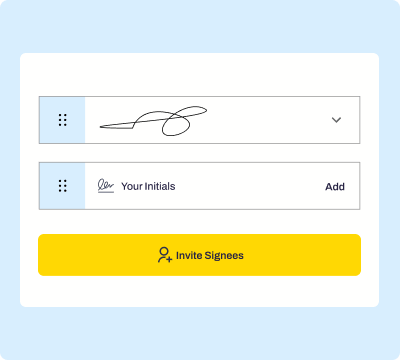
Share your form instantly.
You can share your PDF easily using PrintFriendly's sharing capabilities. Once your document is ready, simply use the share option to send it via email or social media. This feature helps you distribute your project information quickly to interested parties.
How do I edit the International Guidelines for Science Projects online?
With PrintFriendly's editing feature, you can make changes to the PDF directly in your browser. This allows you to update any project details or team member information efficiently. Enjoy a user-friendly interface that simplifies the editing process for your PDF.
1
Upload the PDF file to PrintFriendly.
2
Select the sections you want to edit.
3
Make the necessary changes directly in the document.
4
Review your edits for correctness.
5
Download your updated PDF after finishing your edits.

What are the important dates for this form in 2024 and 2025?
Important dates for submission and review for the upcoming 2024 and 2025 science fairs will be communicated by your school’s science coordinator and also available on the official science fair website.

What is the purpose of this form?
The purpose of this form is to establish a clear framework for student research projects involved in science fairs. It ensures that all participating students adhere to ethical guidelines and obtain the necessary approvals prior to beginning their research. This form helps streamline the process of application and review while ensuring fairness and compliance with both institutional and national standards.

Tell me about this form and its components and fields line-by-line.

- 1. Student/Team Leader: Fields for the primary student's name, grade, email, and phone.
- 2. Team Members: Options to list additional team members participating in the project.
- 3. Project Title: Space to input the title of the research project.
- 4. School Information: Fields for the school name, address, and contact information.
- 5. Adult Sponsor: Details of the adult sponsor overseeing the research.
- 6. SRC/IRB Approval: Indications of whether pre-approval is necessary for the project.
- 7. Research Plan: Instructions for developing a Research Plan and Project Summary.
What happens if I fail to submit this form?
Failure to submit this form may result in the inability to participate in the science fair. Projects not documented as required can face disqualification. It is crucial to meet all submission guidelines to ensure the integrity of the project process.
- Submission Deadline: Late submissions will not be accepted and will disqualify the project.
- Incomplete Information: Inaccuracies may lead to rejection of the project for not meeting the required standards.
- Lack of Approvals: Projects that do not secure necessary ethical approvals may be barred from competing.
How do I know when to use this form?

- 1. Project Submission: To document and propose a research project for review.
- 2. Approval Process: To ensure that all required ethical approvals are obtained before research begins.
- 3. Regulatory Compliance: To maintain compliance with institutional and science fair regulations.
Frequently Asked Questions
What is this PDF file about?
This file contains guidelines and checklists for science project submissions.
How do I fill out the form?
Start by gathering all necessary information and referring to the instructions for each section.
Can I edit this PDF?
Yes, you can edit this PDF using PrintFriendly's editing features.
How do I sign the PDF after editing?
You can apply your signature directly within PrintFriendly before downloading.
What should I do if I miss a section?
Review the checklist and ensure all required sections are complete before submission.
Is there support for filling out the form?
Yes, there are detailed instructions to guide you through the process.
How can I share this PDF with my team?
Use PrintFriendly's share options to email or post on social platforms.
Where can I find additional resources?
The document references further guidelines available on the societyforscience.org website.
Are there any deadlines associated with this form?
Yes, the document outlines important dates relevant to project submissions.
What happens if the form is incomplete?
Incomplete submissions may result in project disqualification from the fair.
Related Documents - Science Fair Guidelines
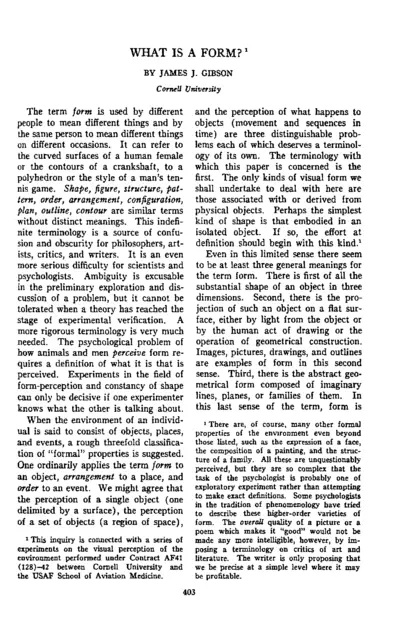
Understanding Form and Form-Perception by James J. Gibson
This document explores various definitions and theories of form, emphasizing the need for precise terminology. It delves into experiments related to the visual perception of form, distinguishing between solid and surface forms. The text critiques traditional views and presents new perspectives on form-perception.
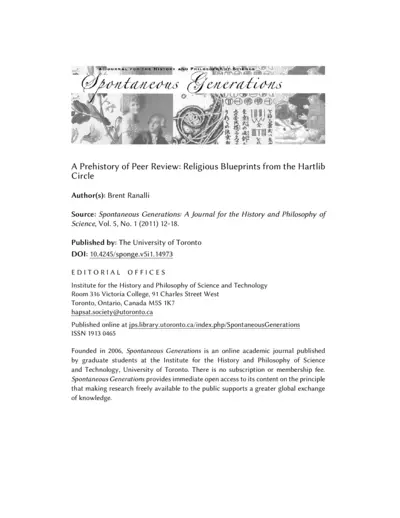
Prehistory of Peer Review: Religious Blueprints
This file explores the origins and development of peer review in science, tracing its roots to religious scholars in the Hartlib circle. It discusses the influence of the Royal Society of London and other early scientific organizations. The content is based on extensive historical research and analysis.
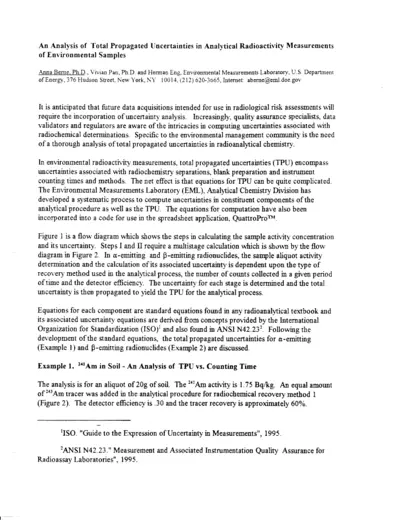
Analysis of Uncertainties in Radioactivity Measurements
This document discusses the uncertainties in analytical radioactivity measurements of environmental samples. It includes detailed equations and methods for calculating total propagated uncertainties. Useful for quality assurance specialists, data validators, and radiochemical analysts.

IRMS Sample Analysis Request Form Guidelines
This file contains instructions and details about the IRMS Sample Analysis Request Form. It is used to request sample analysis in the Laboratory for Isotopes and Metals in the Environment. Ensure you have the required approvals before using the IRMS.
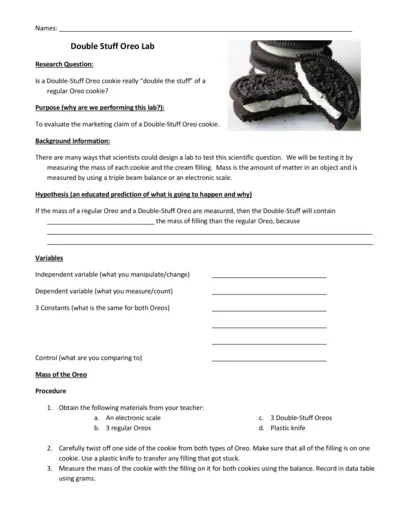
Double Stuff Oreo Cookie Science Experiment
This file contains details and instructions for conducting a science experiment to evaluate the marketing claim of Double-Stuff Oreo cookies. Users will measure the mass of regular and Double-Stuff Oreo cookies along with their fillings. It guides users through the process of data collection, calculation, and analysis using the scientific method.
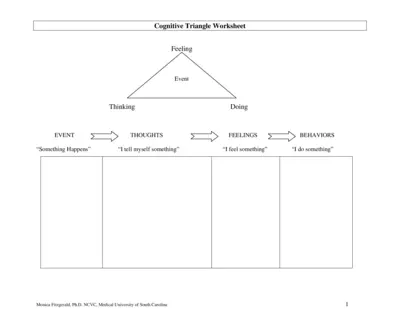
Cognitive Triangle Worksheet Instructions and Details
This file provides an overview and detailed instructions on how to use the Cognitive Triangle Worksheet. It helps users understand the relationship between their thoughts, feelings, and behaviors. Perfect for those interested in cognitive-behavioral strategies.

Engaging Doctor Pretend Play Printables for Kids
Transform playtime with free doctor pretend play printables designed for kids. These fun tools foster creativity and learning through imaginative play. Perfect for children from toddlers to first graders.
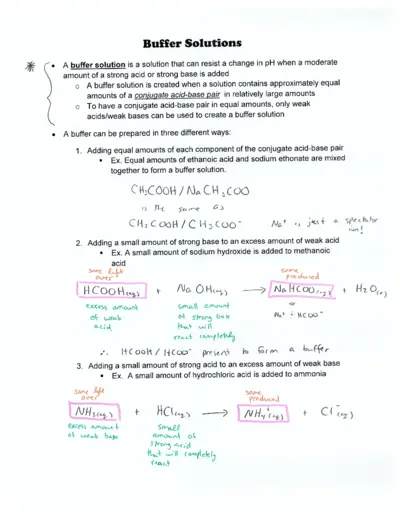
Buffer Solutions: Understanding Their Functionality
This file provides comprehensive insights into buffer solutions, including their preparation and pH resistance mechanisms. Ideal for chemistry students and professionals seeking to understand buffer systems. Practice problems included for hands-on learning.

Ions and Ionic Compounds: Understanding Nomenclature
This file provides a comprehensive overview of ions, including their types, charges, and nomenclature rules. It covers essential details such as simple and polyatomic ions, and how to name them correctly. Perfect for students and professionals looking to deepen their understanding of ionic compounds.

Biology Form 3 Notes and Instructions
This file contains detailed biology notes for Form 3 students. It covers essential topics such as organism classification and characteristics of various kingdoms. Perfect for studying and exam preparation.
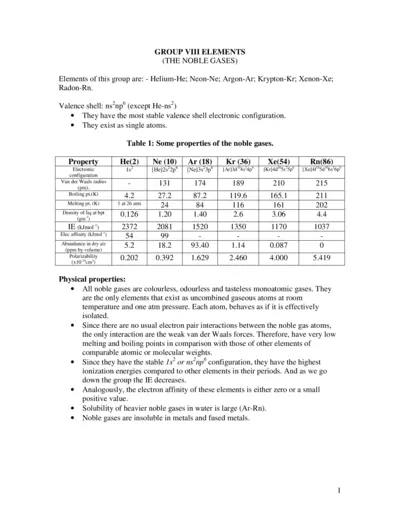
Noble Gases Properties and Chemical Behavior
This document provides a comprehensive overview of the noble gases, their properties, and chemical behaviors. It includes information on individual gases, their electronic configurations, and compound formations. Ideal for students and professionals in chemistry.
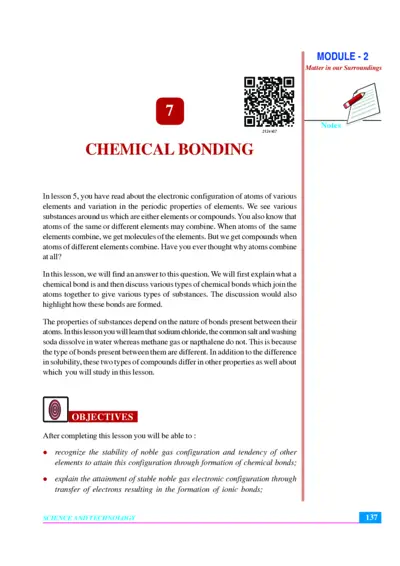
Chemical Bonding and Matter in Our Surroundings
This file provides detailed insights into chemical bonding, including ionic and covalent bonds. It covers the principles of matter in our surroundings and the electronic configurations of elements. Ideal for students and educators in chemistry to enhance their understanding.